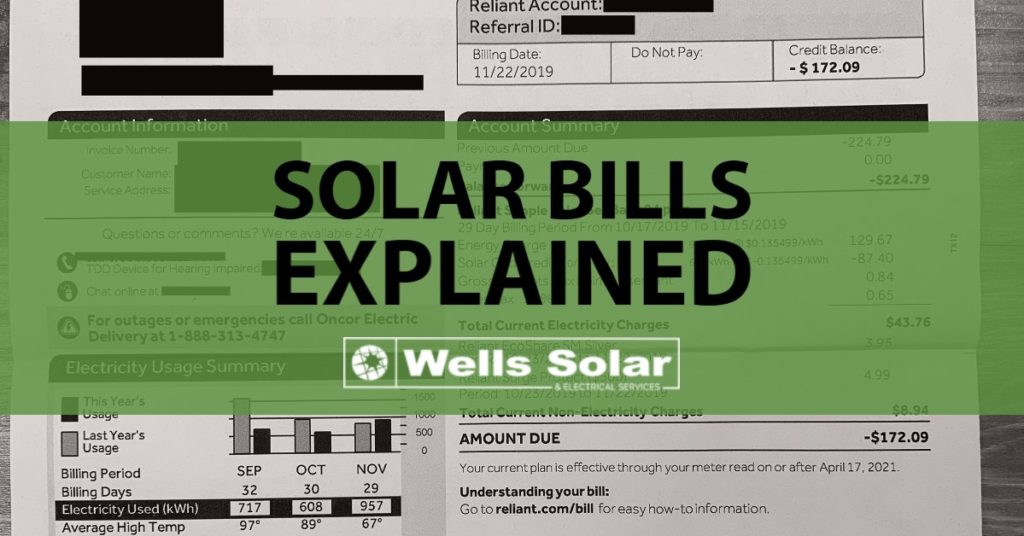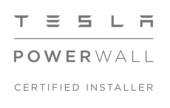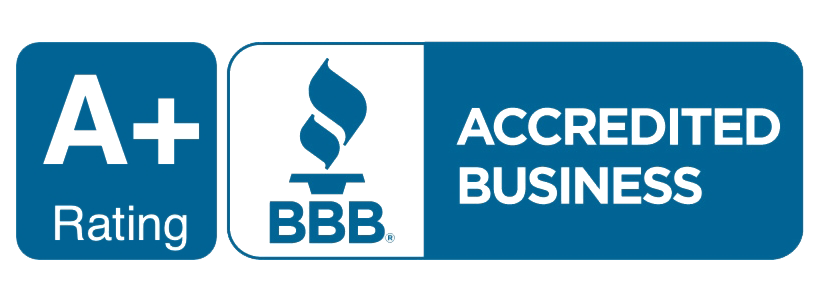Your Solar Bills, Explained
If you’ve made the switch to solar power, congratulations! You’ve transformed your roof into a profit center (some might even say a powerhouse).
Now, each time you go to the mailbox to retrieve your monthly electricity bill, you’ll be opening it with a smile as you see how much lower your usage is thanks to generating your own energy with solar panels!
This article was written to help you better understand your new utility bills with solar. Below, we’re going to take a look at 3 different scenarios:
- Scenario 1: Paid cash for solar, new lower bill
- Scenario 2: Financed solar, new lower bill + solar finance bill
- Scenario 3: Solar Power Purchase Agreement (PPA)
Scenario 1: Purchased solar with cash, new lower utility bill
If you purchased a solar energy system outright with cash, you don’t receive any solar bills. Instead, you’ll see credits on your monthly utility bill indicating how much solar energy your system produced for the month.
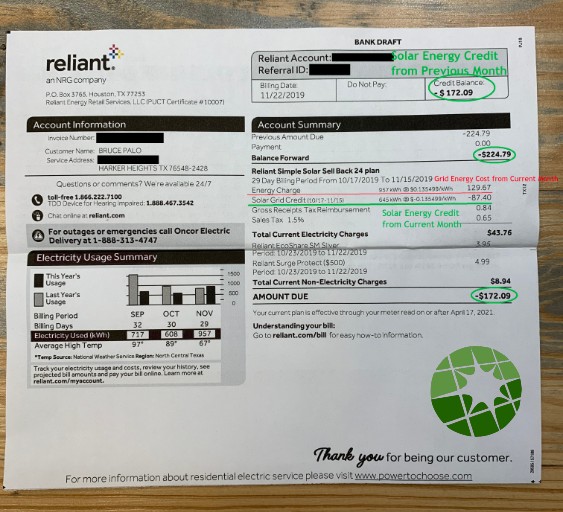
In the above image you can see a credit is being given for the solar energy that was produced by the homeowner and sold to the utility provider, Reliant.
It’s important to note that even if your solar install was designed to produce 100% of your energy usage, you may still receive a utility bill showing a balance due. This could be related to the following:
- Service charges and fees. There is usually a flat rate charged to all utility customers regardless of how much electricity is used. It’s the fee you pay for being connected to the grid. It may appear on your bill as one charge or multiple fees, but it won’t change when your solar panels are active.
- Taxes. These are usually calculated based on grid-electricity use, so the more you rely on electricity from your solar panels, the less you’ll pay in taxes. Some taxes will be separated out as a line item that you can clearly see, and some utilities include the tax in their rates.
Related Reading: Solar Panels Provide NEGATIVE Power Bills In Harker Heights
Scenario 2: Financed solar, lower power bill + solar finance bill
If you financed a solar energy system through a loan provider you’ll receive a monthly finance bill from that organization. Solar loans are offered through a third party, so don’t expect to see any bills from Wells Solar after your system has been turned on.
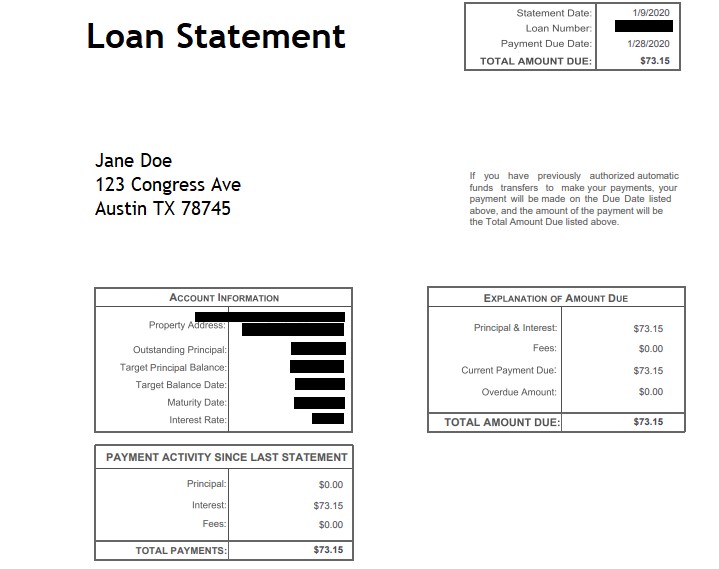
While it may seem like an extra pain to pay a utility bill and a solar finance bill, keep in mind that energy generated from solar is the cheapest form of power (and the cleanest).
And, over the 25-year warranty of a solar power system, as utility rates go up you’re protecting yourself and/or making yourself immune to rate increases (because you produce your own energy from solar panels).
Scenario 3: Solar PPA, lower power bill + PPA bill
Under a Power Purchase Agreement (PPA), you pay a fixed rate for every kilowatt-hour of electricity produced by solar panels. You don’t own the system, but you benefit from allowing an installer or solar PPA company to “rent” your roof space and sell you the output at a lower rate than what you would pay the utility.
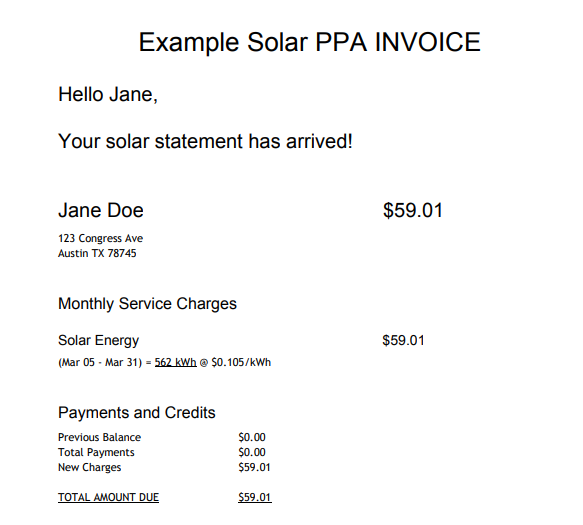
Remember, a solar energy system is designed to meet specific energy needs for the home. If your usage increases after the fact, you may be accidentally increasing your power bills and cutting into your solar savings.
Things like changes in lifestyle, additional members living in the home, acquiring large appliances, installing a pool, purchasing an electric car, etc. will increase your utility bill and decrease your savings from solar panels.
Conclusion
One of the fun things about being a Texan is the power to choose your power provider in deregulated territory. That being said, every provider has their own price schedules and buyback terms for solar.
We encourage you to educate yourself using the below links:
- Austin Energy Value of Solar
- Bluebonnet Solar Buyback
- CPS Energy Solar Buyback
- Green Mountain Energy Renewable Rewards Buyback Program
- Reliant Solar Sell Back Plan
Knowing what to look for, soon you’ll be scanning your power bills and easily identifying exactly how much solar energy your system is producing and how much money you’re saving.
If after reading the above examples it’s still unclear how your solar and utility bills fit together, contact your Wells Solar Energy Consultant for an explanation about your bill. The Wells Solar family is always willing to help!
If you don’t have solar and want to learn how it can benefit your household, contact Wells Solar to schedule a free solar savings analysis.
About Wells Solar
Founded in 2014 in Austin, Wells Solar & Electrical Services is a family-owned establishment committed to installing high-quality solar power solutions that everyone can afford. We also offer a full suite of solar panel service, maintenance and repair to ensure your solar investment provides the maximum return over its 25-year warranty. Find out why Wells Does Solar Better™ by visiting wellssolar.com.

